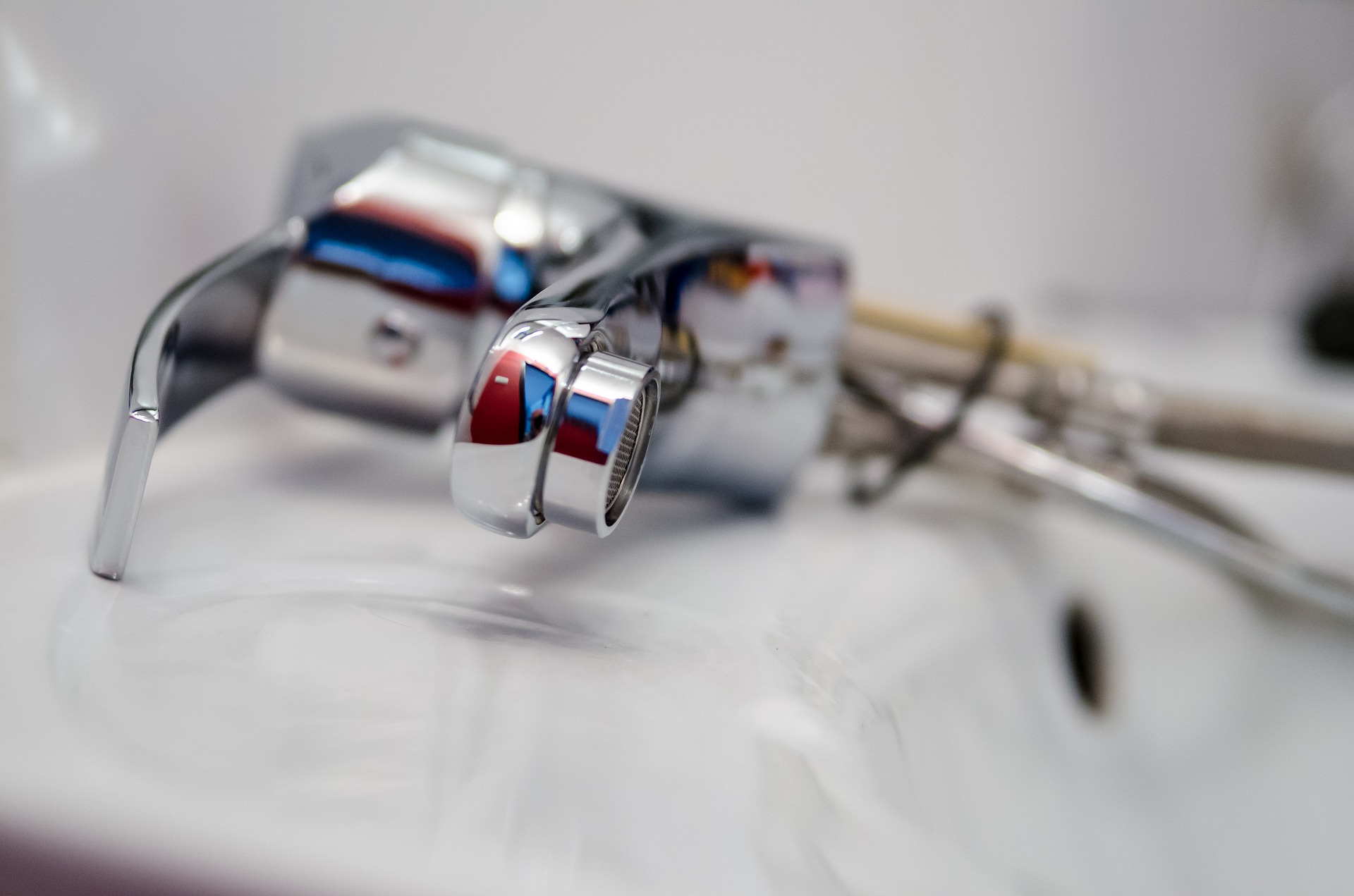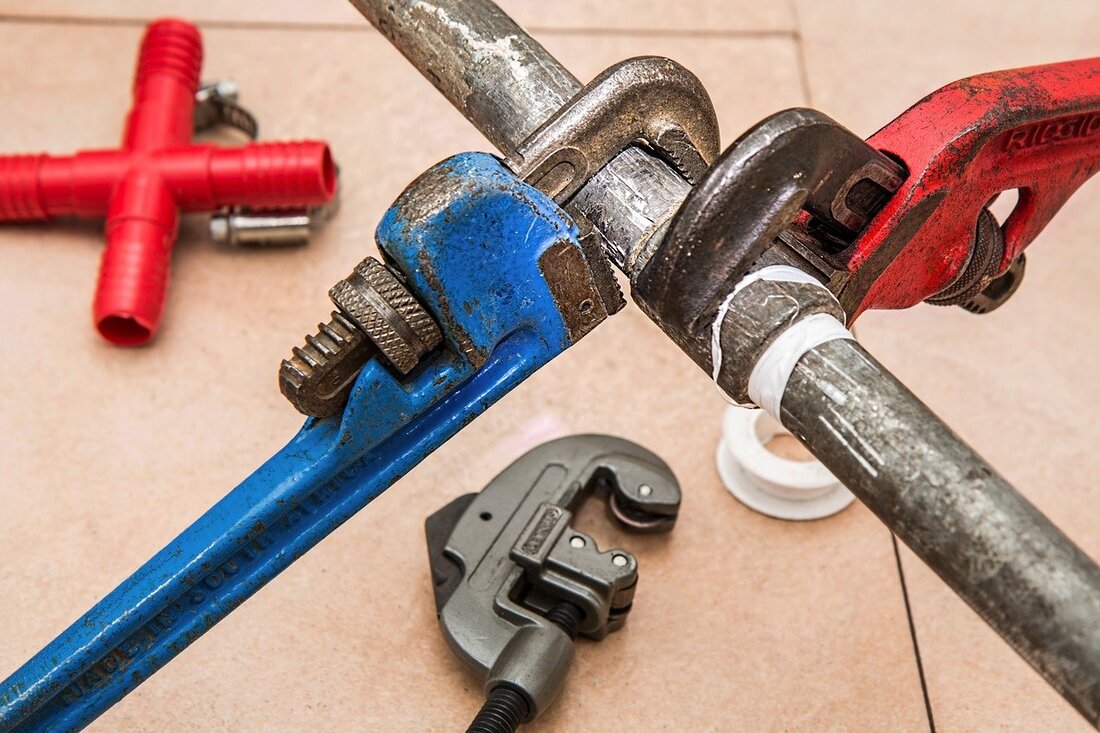Diving into Home Plumbing Basics: A Beginner's Tutorial
Diving into Home Plumbing Basics: A Beginner's Tutorial
Blog Article
The article author is making several good pointers on Understanding the Basics of Your Home's Plumbing System overall in this content underneath.

Plumbing is a necessary element of any kind of home, responsible for supplying tidy water for alcohol consumption, cooking, and showering, in addition to getting rid of wastewater safely. Recognizing the fundamentals of home plumbing is necessary for every single homeowner to make sure proper upkeep, troubleshooting, and, if required, repair services. In this novice's guide, we'll cover the fundamental ideas of home plumbing to aid you come to be a lot more acquainted with just how it works.
Supply Of Water System
The water system system brings tidy water into your home from a metropolitan water source or a private well. It contains a primary water line that attaches to your home's plumbing system, generally situated underground. A water meter measures the quantity of water eaten, while a shut-off shutoff permits you to manage the circulation of water into your home.
Plumbing Fixtures
Plumbing components are devices that deliver water to various parts of your home and include sinks, faucets, commodes, showers, bathtubs, and devices such as dishwashing machines and washing devices. Each fixture is connected to the supply of water system through pipelines and fittings and might have its shut-off valve for maintenance or emergency situations.
Water Heater
The water heater is accountable for heating water for residential use, consisting of bathing, cooking, and cleansing. Typical types of hot water heater consist of tank-type hot water heater, tankless (on-demand) hot water heater, and heatpump water heaters. The hot water heater is linked to the water supply system and supplies hot water to plumbing components as required.
Drainage System
The drain system removes wastewater from your home and lugs it away to a sewage treatment center or septic system. It consists of a network of pipelines, fittings, and fixtures that carry wastewater from plumbing fixtures to the primary drain line or septic tank. Appropriate drain is vital to protect against clogs, back-ups, and sewage leakages.
Air flow System
The air flow system aids preserve correct air pressure and avoid drain gases from entering your home. Air vent pipelines, likewise known as air vent stacks, prolong from plumbing fixtures to the roof covering, enabling drain gases to run away securely outside. Air flow pipes additionally allow air to get in the drainage system, promoting smooth wastewater circulation and stopping suction or vacuum effects.
Typical Plumbing Devices
Having the right tools available is essential for carrying out fundamental plumbing fixings and maintenance jobs. Usual plumbing devices include adjustable wrenches, pipe wrenches, pliers, pipe cutters, hacksaws, plungers, augers (or drain serpents), and Teflon tape. Having these devices readily available can assist you deal with small plumbing problems effectively.
Basic Plumbing Repair Work
While some plumbing fixings might call for professional aid, lots of usual concerns can be addressed with basic DIY techniques. Discovering just how to deal with a leaking faucet, unblock a drain, replace a commode flapper, or fix a trickling showerhead can conserve you time and money on plumbing fixings.
Verdict
Recognizing the essentials of home plumbing is necessary for every home owner to maintain a secure, practical, and reliable plumbing system. By acquainting on your own with the water supply system, plumbing fixtures, drainage system, ventilation system, common plumbing tools, and basic repairs, you can confidently attend to small plumbing problems and guarantee your home's plumbing system runs efficiently.
Plumbing for Beginners: A Comprehensive Guide
If you’re a beginner when it comes to plumbing, don’t worry; you’re not alone. Plumbing may seem intimidating, but with the right knowledge and a little practice, you can handle many common plumbing issues on your own. In this comprehensive guide, we will demystify the world of plumbing for beginners, providing you with the basic knowledge and skills needed to tackle common plumbing problems and even take on some DIY plumbing projects.
The Importance of Basic Plumbing Knowledge for Beginners:
First and foremost, basic plumbing knowledge gives you a solid foundation. It helps you grasp the key concepts and terminology that are essential in this field. By learning the basics, you’ll be able to build upon that knowledge and tackle more complex plumbing tasks in the future.
Having a basic understanding of plumbing also enables you to handle common issues that may arise in your home. Picture this: a leaky faucet or a clogged drain. With some basic plumbing knowledge, you’ll have the confidence to troubleshoot and fix these problems on your own. It saves you from unnecessary expenses and the hassle of waiting for a professional to arrive.
As a beginner, learning the basics of plumbing empowers you to take care of your own home. It gives you a sense of independence and self-reliance. You’ll no longer have to rely solely on professionals for every small issue that pops up. Instead, you can handle many tasks yourself, saving time and money in the process.
Remember, everyone starts as a beginner. Embrace the learning process and take small steps to expand your plumbing knowledge. There are plenty of online resources, tutorials, and even local workshops that talk about plumbing for beginners.
Essential Tools for Plumbing for Beginners
As you start your plumbing journey, having the right tools in your toolbox is crucial. Let’s explore some of the must-have tools:
Adjustable Wrench:
This versatile tool is a staple in any plumber’s toolbox. It allows you to tighten or loosen nuts and bolts of various sizes. Make sure to have an adjustable wrench with a comfortable grip.
Pipe Wrench:
A pipe wrench is specifically designed for gripping and turning pipes. It has serrated jaws that provide a strong grip, making it easier to loosen or tighten threaded pipes and fittings.
Plunger:
The plunger is a simple yet effective tool for clearing clogged drains and toilets. It creates suction when you push and pull, helping to dislodge blockages. Keep a good-quality plunger handy for those unexpected clogs.
Pipe Cutter:
When it comes to cutting pipes, a pipe cutter is your go-to tool. It creates clean, precise cuts without damaging the pipe. Look for a pipe cutter that can handle the pipe sizes you’re working with.
Hacksaw:
A hacksaw is useful for cutting through pipes, screws, and other materials. It’s a versatile tool that can handle different cutting tasks. Remember to use a blade suitable for cutting metal.
Tape Measure:
Accurate measurements are crucial in plumbing. A tape measure allows you to measure pipe lengths, distances, and dimensions accurately. Opt for a sturdy tape measure that extends a good length.
Pliers:
Pliers come in handy for various tasks, such as gripping, bending, and cutting. Slip-joint pliers with adjustable jaws are great for gripping pipes, nuts, and bolts.

Hopefully you enjoyed reading our topic on Plumbing basics: How your home plumbing works. Thank you so much for spending some time to read through our blog post. Sharing is nice. Helping others is fun. Many thanks for your time. Kindly check our website back soon.
Click Here Report this page